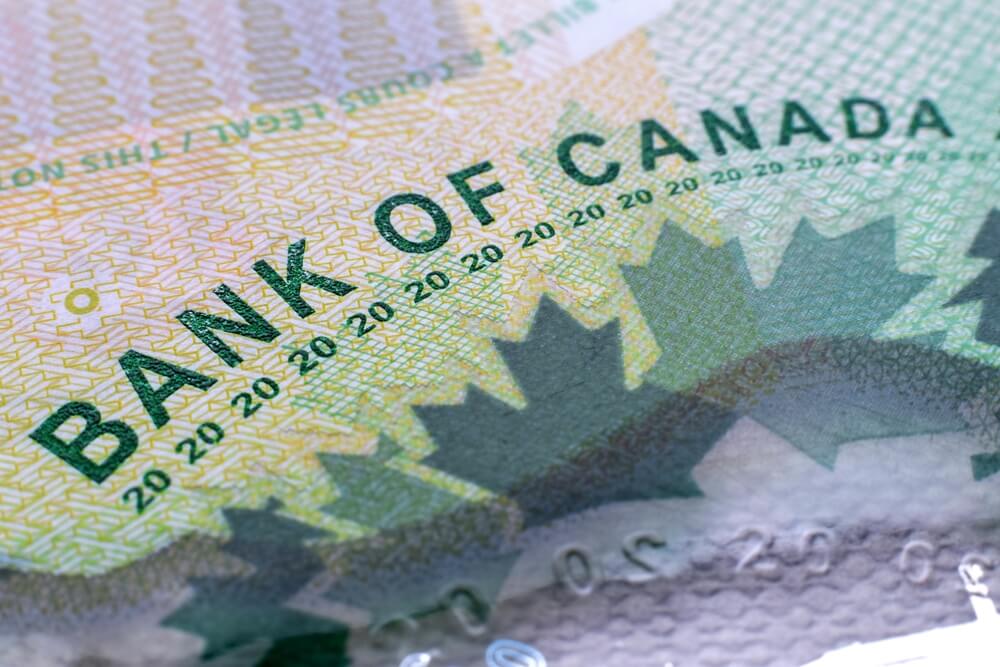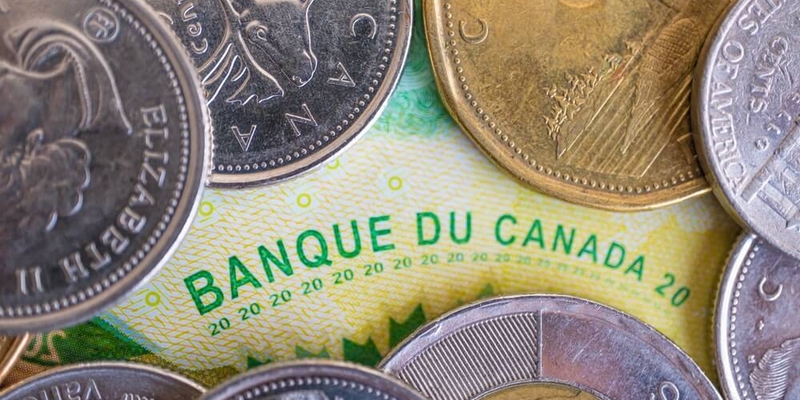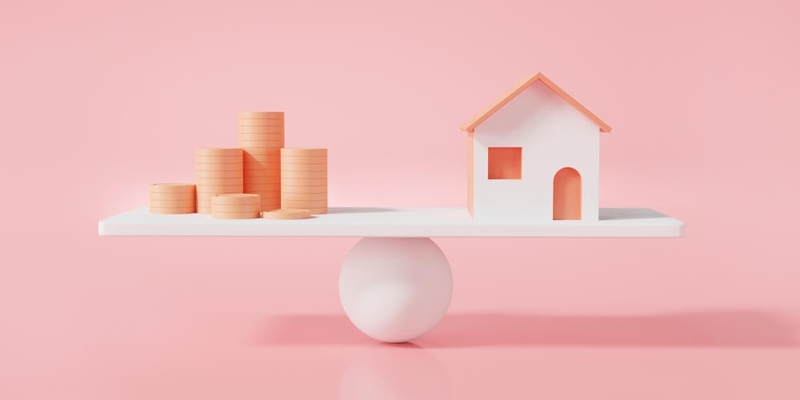Budgeting 101
Learn how to create a budget
and keep a track of your money.
What is a budget?
A budget is a financial plan designed to help you easily track your after-tax earnings and expenses for a specific period of time. When you lay down a budget, you can track the total amount you’re making, compared to what you’re spending and saving. You can use a detailed spreadsheet, a budgeting app, or the old school journaling method to create your personal budget and see what your finances really look like.
How to create your personal budget in 5 easy steps
Planning your personal budget may seem intimidating, but once you get the hang of it, it’s quite easy. A budget can help you maximize your earnings and track your money, giving you full control over your finances.
Here’s how you can create a budget in 5 easy steps:
1. Calculate your monthly income after taxes
To start your personal budget, you must calculate how much your monthly income is after taxes. After-tax income is the net income after all tax deductions, this includes federal, provincial, and withholding taxes. After-tax income, most commonly known as income after taxes, is the amount of disposable income that you have.
For example,
Your gross income is $40,000 Gross and you have $10,000 in deductions.
Your taxable income will be $30,000.
Taxable Income - 15% Fed income tax = $4,500 Due income tax.
Gross earn – Due Income tax = $35,500 Income After taxes.
Your total after tax income is $35,500.
Calculating your after-tax income will help you accurately determine how much money you can afford to spend every month and put towards your savings or debt repayments. Your monthly income after taxes shows you how much you actually earn vs. your salary on paper.
2. Identify your fixed and variable expenses
After defining your disposable income, you need to calculate your expenses. Your total monthly expenses include your grocery bills, phone bill, rent, miscellaneous cots, travel cots, debt repayments etc.
The two main types of expenses you need to account for are:
- Fixed expenses – Fixed expenses always remain constant. These can be your monthly rent, car payments, insurance bills etc.
- Variable expenses – Your variable expenses differ month-to-month. These expenses can be groceries and gas costs, entertainment costs etc.
When you put your expenses against your income, you can analyze whether you are overspending your money and decide what you need do to improve your overall finances.
3. Set savings and debt payoff goals
Once you layout your monthly after tax income and expenses, you can clearly define how much of the remaining money will go to your savings account or debt repayments.
If you have any student loans or credit card balances, you may surely want to attribute part of your monthly budget to paying them off. This will help you improve your credit score and pay off your debts at a steady rate. Each month, allocate a certain amount of money to these monthly payments. The sooner you pay off debts, the less interest you will pay overall, and the closer you are to meeting your financial goals.
When creating a personal budget, include these types of debts and their applicable interest into your planning:
- Student loans
- Credit card debt
- Mortgage payments
- Car loans
- Business loans
- Personal loans
If you are debt-free on the other hand, think about maximizing your savings for the future. In this case, establish some concrete savings goals and then break them down into achievable bite-size chunks.
Short-term financial goals
Your short-term financial goals can be whatever you like. Here are some examples:
- Saving up for an upcoming vacation
- Building up your emergency fund
- Making improvements to your home or car
- Saving up for holiday gift shopping
- Paying off your credit card balance
Long-term financial goals
Everybody’s long-term financial goals may look different. Some plan to start a business, while some people may want to save an emergency fund so they can start their own business.
Here are some examples of long-term goals:
- Establishing a retirement fund
- Paying off your mortgage
- Paying off student loans
- Buying a cottage or vacation property
- Saving for Children’s Education
- Starting your own business
- Investing in properties
Take advantage of investment products and vehicles like High Interest Savings Accounts, GICs TFSAs, or RRSPs, to help grow your savings and reach your goals.
3. Record your spending
Shopping on impulse is very common. You know that feeling when you are checking out your items at a store counter, the cashier announces your total, and you experience disbelief! For some, this may happen often.
This is why tracking your spending is important. It is very easy to become complacent about the amount of money you are regularly spending.
4. Review your budget
You’ve created your budget and you are doing a good job of sticking to it, but this is not the end of your financial journey. As you continue to make monthly/yearly budgets, make necessary adjustments wherever and whenever you can. Over time, your income and lifestyle may significantly change, making it important for you to review and potentially alter budget accordingly.
You can set up a budget schedule and carefully review your budget every quarter. This will allow you to recognize your financial milestones and set up new goals.

Tips to track your monthly spending
- Stop using cash: When you frequently pay with cash, you easily lose track of your transactions. Always stick to card payments if you have trouble keeping track of how much money you spend each month. This way, you can refer to your online bank statements often.
- Be self-aware of your spending habits: Analyze your spending habits on a weekly basis. You can also ask a friend or family member to check if you are spending money unnecessarily. Budgeting will help monitor your spending, so you are able to keep living within your means.
- Avoid marketing emails, sales: If you find yourself buying too many unnecessary items each month, try to unsubscribe from retail newsletters and avoid sale shopping. Only buy what you need each month and avoid spending money on non-essential items.








